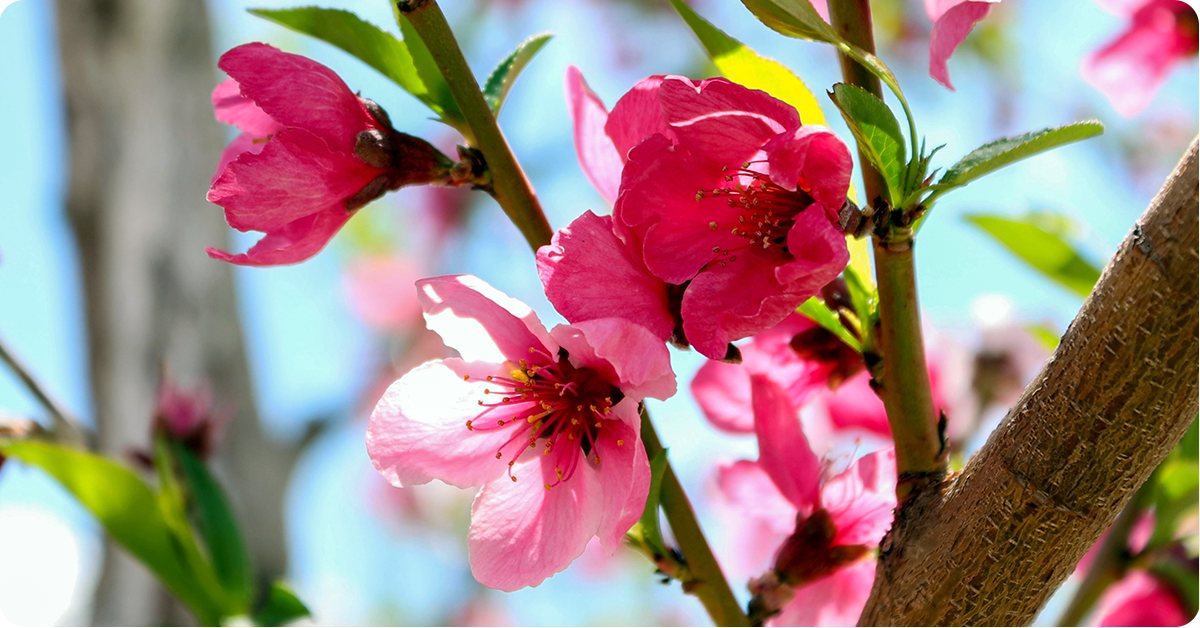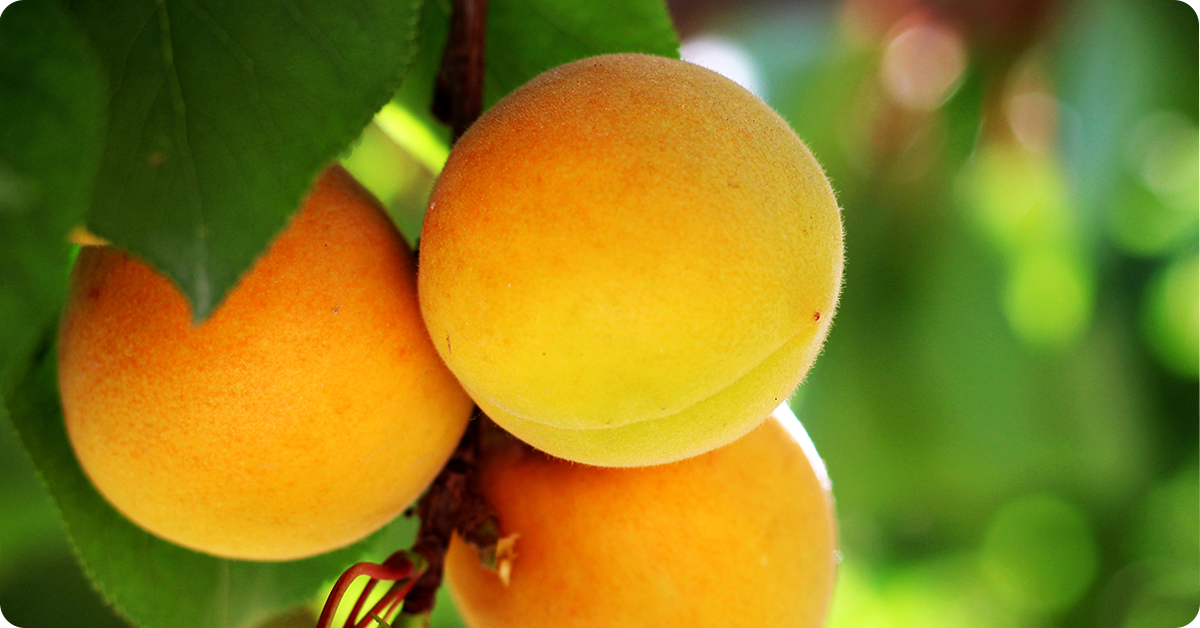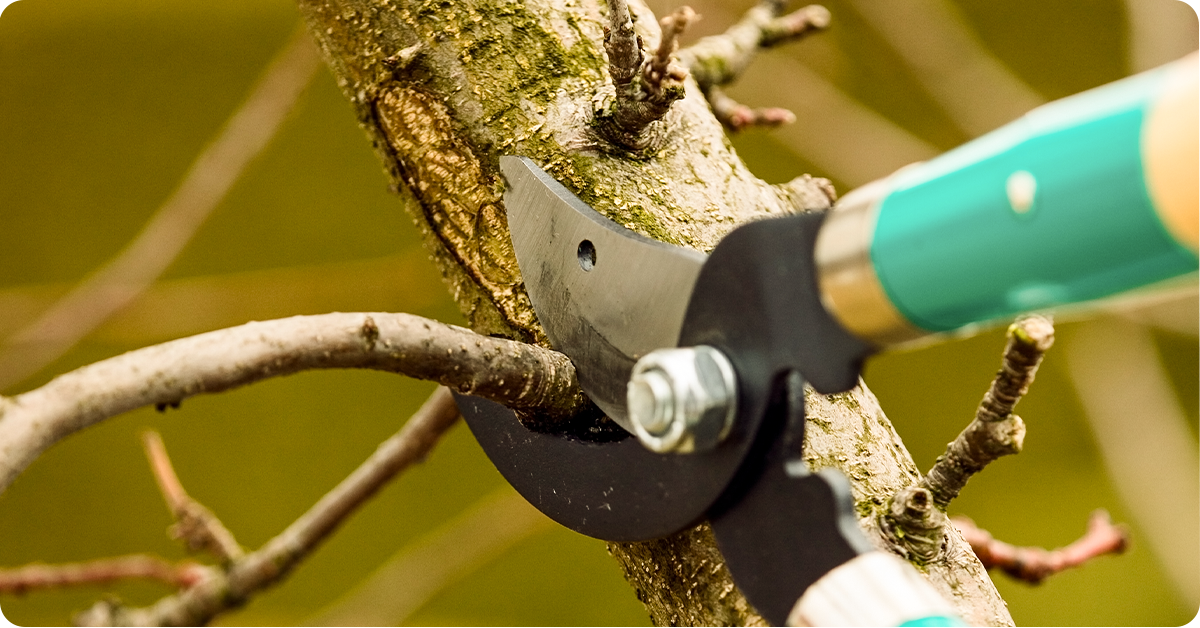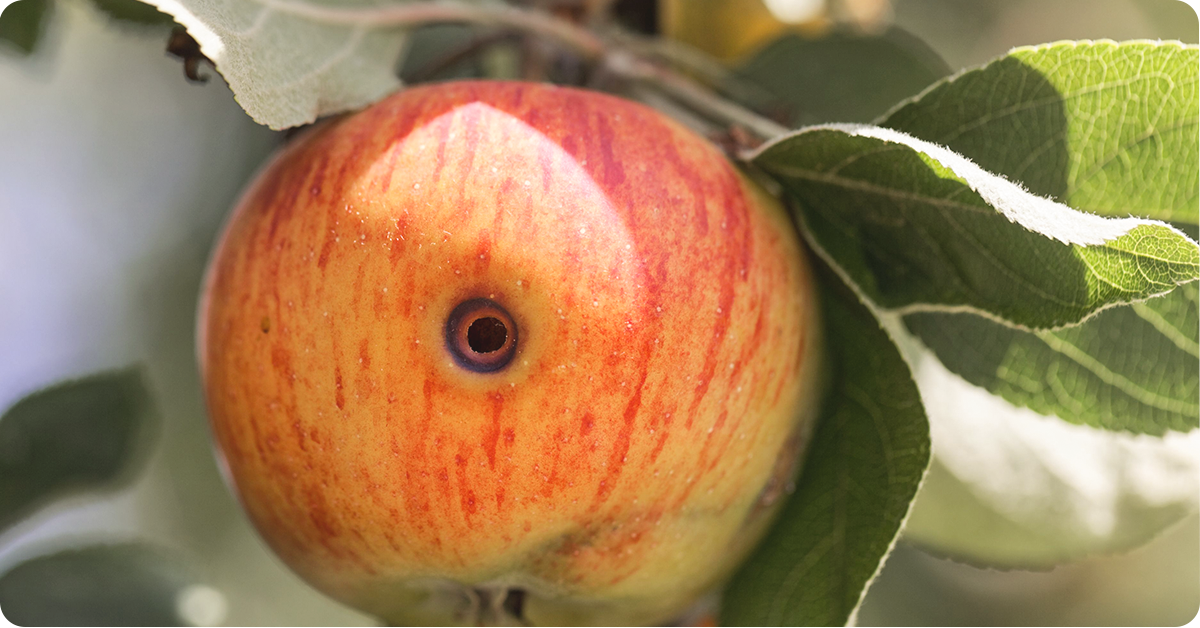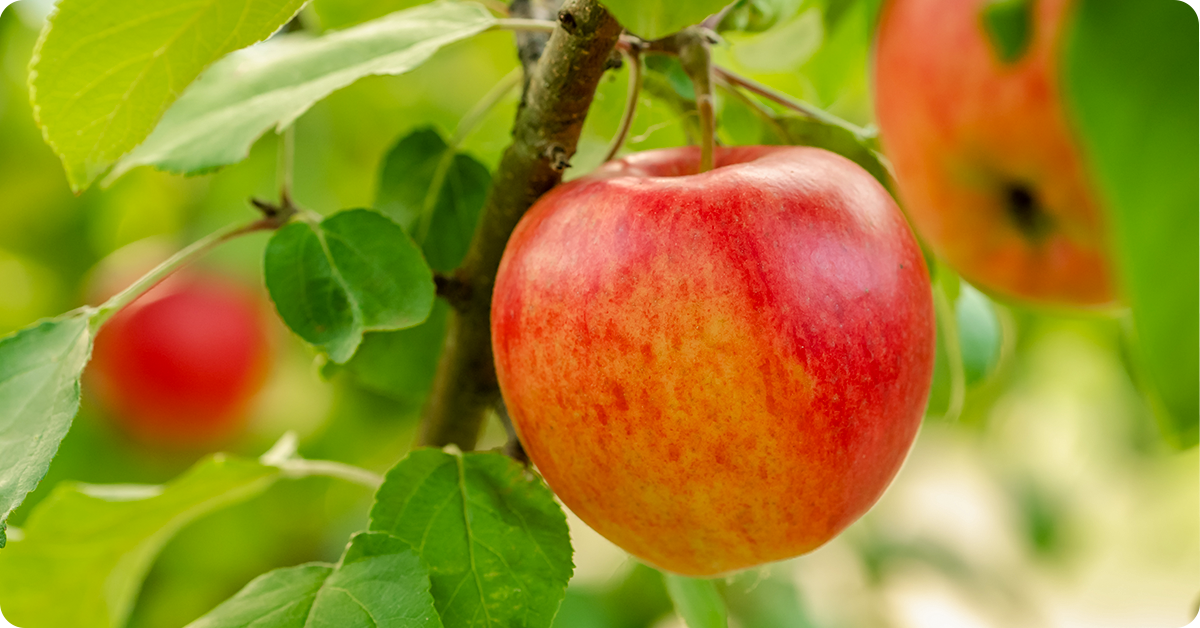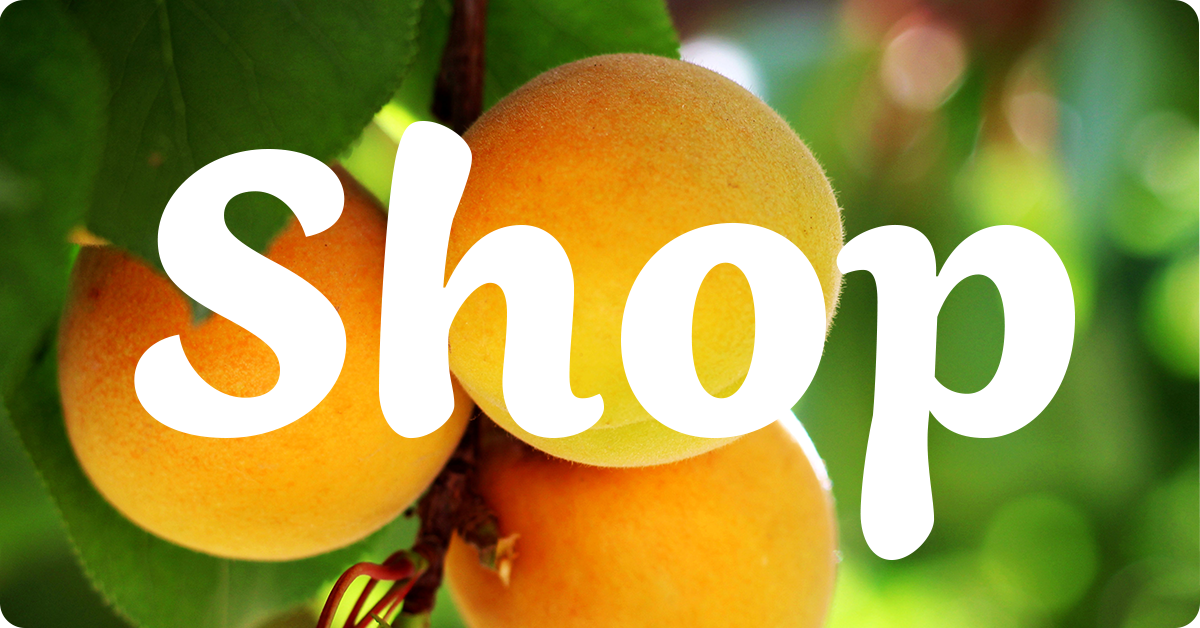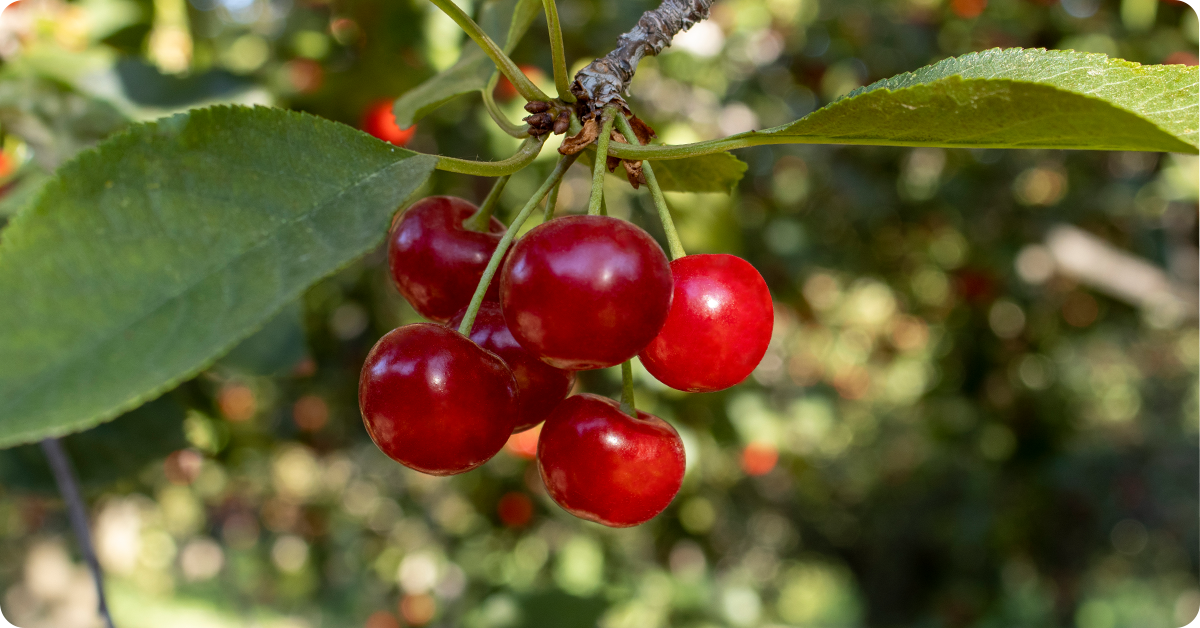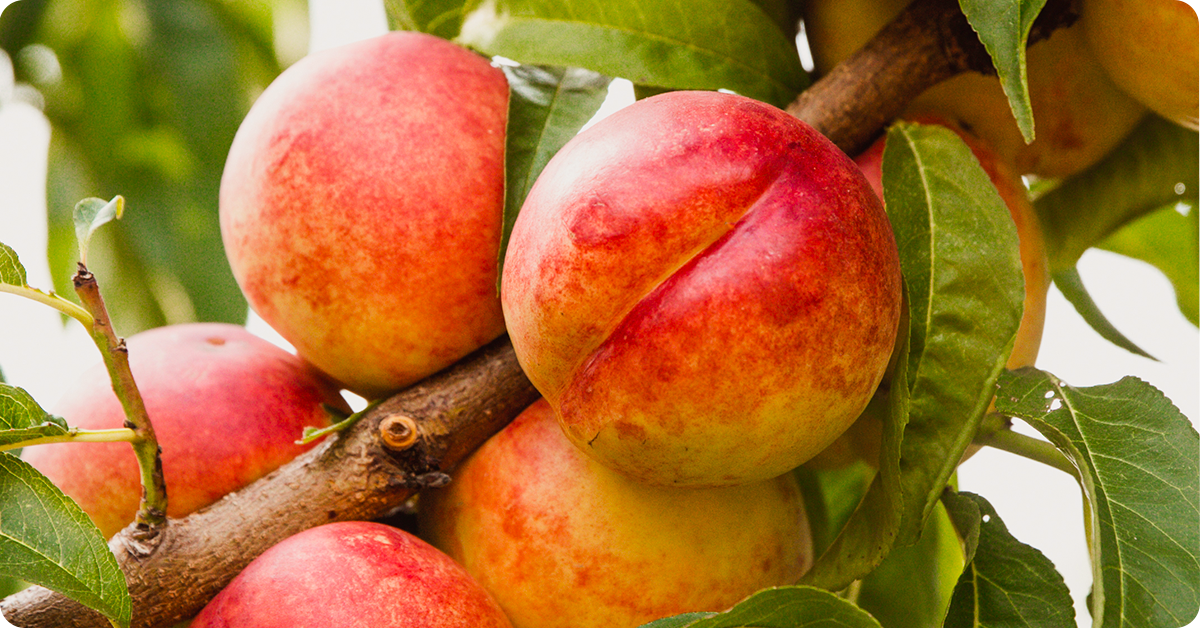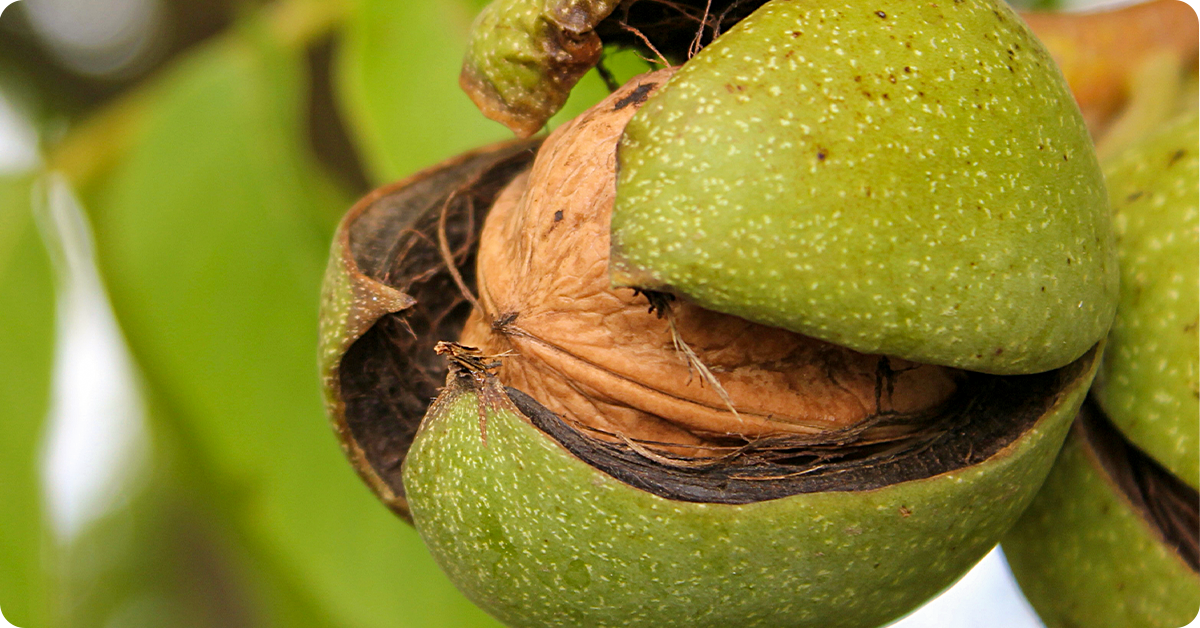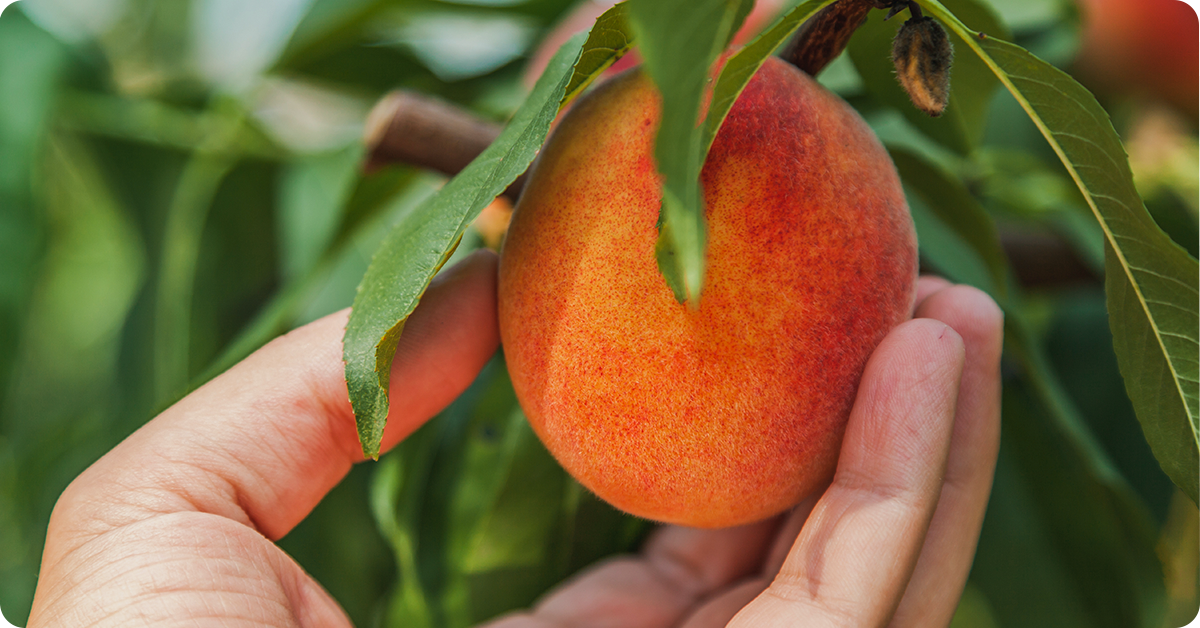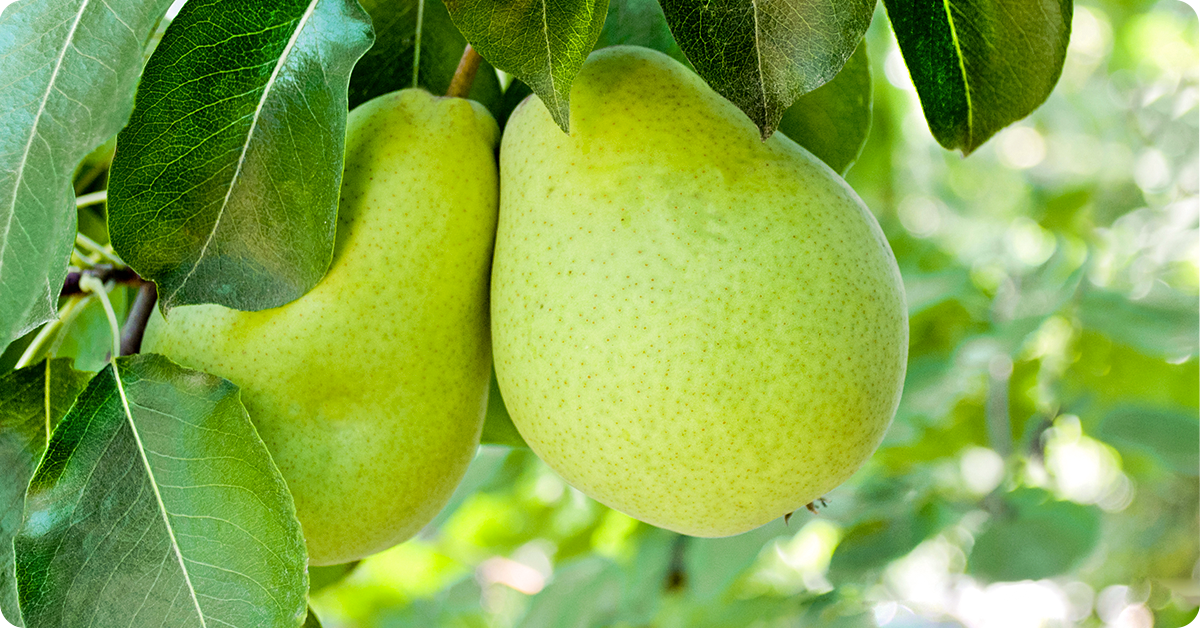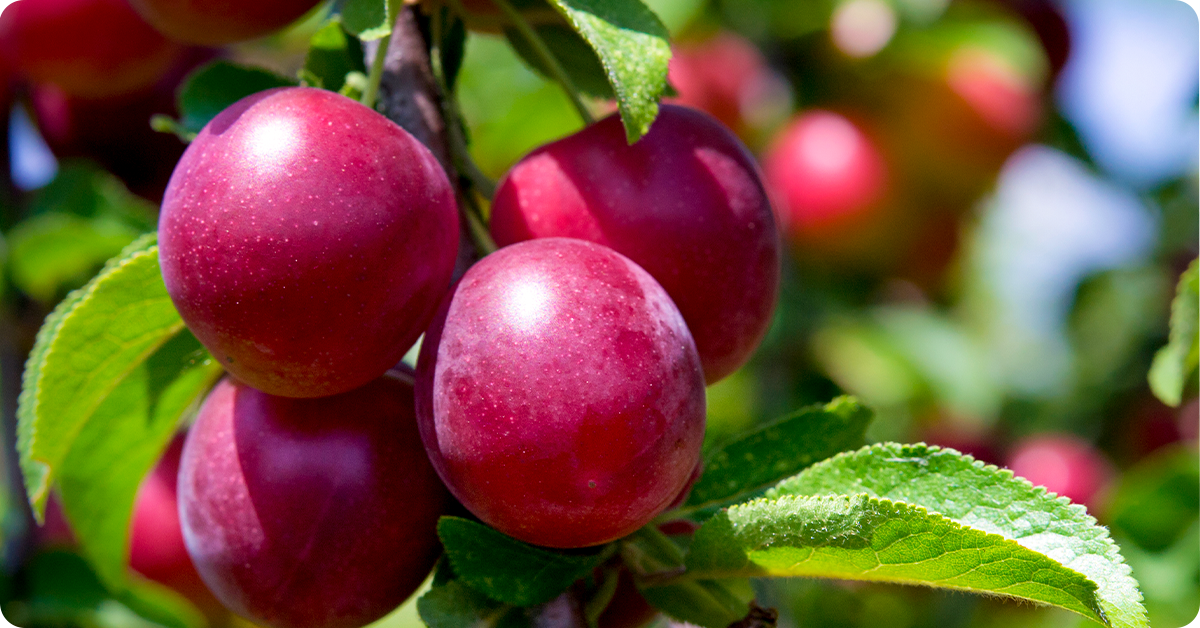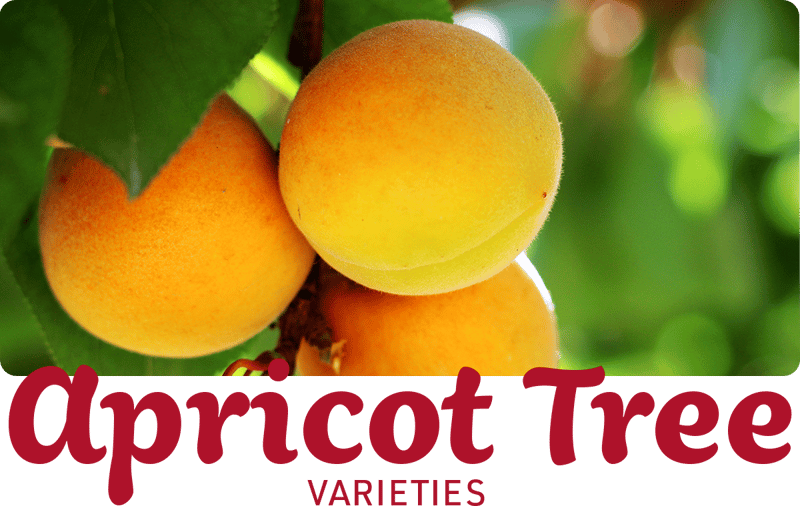
Discover the sweet rewards of growing apricots in the Intermountain West. IFA apricot tree varieties are specially selected for their superb flavor and performance in intermountain climates, making them ideal for backyard growers and fruit producers. Start growing to enjoy decadent apricot flavored desserts, homemade jams or tasty fresh fruit.
Blenheim Apricots hold a distinguished place not only in the gardens where they grow but also in the hearts of fruit connoisseurs around the globe. Originating from the lush landscapes of the Blenheim Palace in England, these apricot trees have adapted beautifully to various climates, making them a versatile choice for many gardeners. The Blenheim variety is celebrated for its exceptionally sweet and aromatic fruit, which boasts a more complex and nuanced flavor profile compared to other apricots.
Blenheim Apricots do not store well off of the tree–preserve by canning, dehydrating or freeze-drying. Blenheim Apricot Trees are self-fertile but planting near another apricot variety promotes cross-pollination and better fruit-set.
Characteristics:
Tree Height*: 12 feet
Tree Width*: 12 feet
Rootstock: Semi-dwarf
USDA Zone: 5
Fruit Taste: Sweet, acidic flavor with a honeysuckle fragrance
Fruit Size: Medium to large
Stone Type: Freestone
Fruit Flesh: Orange & juicy
Harvest: Ripens in July
Pollinators: Self-fertile–Grow with another apricot tree for better fruit-set
*Tree height and width is based on proper pruning. See growing tips>>
Gardeners and fruit lovers alike are drawn to the Blenheim 'Canadian White' Apricot Trees for their unique blend of beauty, taste and adaptability. This variety, known for its hearty resilience in colder climates, offers an exceptional option for those in regions where traditional apricot varieties aren't an option. The Blenheim 'Canadian White' produces a bountiful harvest of succulent, sweet apricots with a vibrant white flesh that is both flavorful and aromatic.
The fruit does not store long off of the tree–preserve by canning, dehydrating or freeze-drying. Plant Canadian White Blenheim Apricots with Chinese (Mormon), Moorpark or Harcot apricot trees for cross-pollination and fruit-set.
Characteristics:
Tree Height*: 12 feet
Tree Width*: 12 feet
Rootstock: Semi-dwarf
USDA Zone: 4
Fruit Taste: Syrupy sweet–Top scoring taste test winner
Fruit Size: Medium
Stone Type: Freestone
Fruit Flesh: White & firm
Harvest: Ripens in July to August
Pollinators: Not self-fertile–Grow with Chinese, Moorpark or Harcot apricots
*Tree height and width is based on proper pruning. See growing tips>>
Chinese Apricot Trees, also affectionately known as "Mormon Apricots", offer a plethora of benefits that make them an irresistible choice for any gardener or homeowner. Not only are these trees renowned for their bountiful harvests of sweet, juicy fruits, but they also boast impressive resilience and adaptability. They are remarkably tolerant of various soil types and conditions, making them an ideal choice for gardeners across the region. The Chinese Apricot is known for its resistance to common diseases that typically affect fruit trees, making them a low-maintenance option for both experienced and novice gardeners alike.
Mormon Apricots do not store long off of the tree–preserve by canning, dehydrating or freeze-drying. Chinese Apricot trees are self-fertile but planting near another apricot variety promotes cross-pollination and better fruit-set.
Characteristics:
Tree Height*: 12 feet
Tree Width*: 12 feet
Rootstock: Semi-dwarf
USDA Zone: 4
Fruit Taste: Sweet & tart flavor
Fruit Size: Small to medium
Stone Type: Clingstone
Fruit Flesh: Golden-orange & firm
Harvest: Ripens in June to August
Pollinators: Self-fertile–Grow with another apricot tree for better fruit-set
*Tree height and width is based on proper pruning. See growing tips>>
Dapple Dandy Pluot Trees, often referred to as "Dinosaur Eggs" due to their distinctive dappled skin, are a delightful addition to any home garden or orchard. Not only are they known for producing fruit that is a unique cross between a plum and an apricot, but they also boast a stunning visual appeal with their beautiful blossoms in the spring. These trees are relatively easy to grow, requiring minimal maintenance once established, and are more resistant to diseases compared to many other fruit trees. Their fruit is highly versatile, perfect for fresh eating, baking, and preserves.
Dapple Dandy Pluots store for well up to six weeks. Plant Dapple Dandy Pluot Trees with Flavor Grenade Pluot or Burgundy and Santa Rosa plum trees for cross-pollination and fruit-set.
Characteristics:
Tree Height*: 10 feet
Tree Width*: 12 feet
Rootstock: Semi-dwarf
USDA Zone: 5
Fruit Taste: Sweet plum-apricot flavor
Fruit Size: Medium
Stone Type: Freestone
Fruit Flesh: Red & purple speckled fruit with a yellow to green center
Harvest: Ripens in September
Pollinators: Flavor Grenade Pluot, Burgundy & Santa Rosa Plum
*Tree height and width is based on proper pruning. See growing tips>>
Gardening enthusiasts and fruit lovers are in for a treat when they choose to grow Flavor Grenade Pluot Trees. The Flavor Grenade Pluot, with its distinctive elongated shape and explosive taste, combines the best aspects of plums and apricots into a single fruit. Imagine biting into the crisp, juicy flesh with a sweet flavor and just the right hint of tartness. This fruit's complex taste profile and refreshing texture make it a standout addition to any home garden.
The fruit keeps well on the tree for three to six weeks. In fact, the fruit becomes sweeter the longer it stays before being picked. Plant Flavor Grenade Pluot Trees with a Dapple Dandy Pluot or Santa Rosa plum tree for cross-pollination and fruit-set.
Characteristics:
Tree Height*: 10 feet
Tree Width*: 12 feet
Rootstock: Semi-dwarf
USDA Zone: 6
Fruit Taste: Explosive flavor & taste test winner
Fruit Size: Medium
Stone Type: Freestone
Fruit Flesh: Green fruit with a red blush and cream-white center
Harvest: Ripens late summer through October
Pollinators: Dapple Dandy Pluot & Santa Rosa Plum
*Tree height and width is based on proper pruning. See growing tips>>
Harcot Apricots are known for their exceptionally sweet flavor, vibrant orange color, and a firm texture that makes them ideal for both fresh eating and various culinary uses. One of the standout advantages of the Harcot variety is its resistance to many of the common diseases that affect stone fruits, making them a more resilient choice for gardeners looking to minimize chemical treatments and grow organically. Additionally, these trees are relatively hardy, capable of thriving in a wide range of climates, including areas with late frosts.
Harcot Apricots do not store for long–preserve by canning, dehydrating or freeze-drying. Harcot Apricot Trees are self-fertile but planting near another apricot variety promotes cross-pollination and better fruit-set.
Characteristics:
Tree Height*: 12 feet
Tree Width*: 12 feet
Rootstock: Semi-dwarf
USDA Zone: 5
Fruit Taste: Sweet & juicy with rich flavor
Fruit Size: Small to medium
Stone Type: Freestone
Fruit Flesh: Orange
Harvest: Ripens in July to August
Pollinators: Self-fertile–Grow with another apricot tree for better fruit-set
*Tree height and width is based on proper pruning. See growing tips>>
Moorpark Apricots are celebrated for their exceptional flavor and versatility. Originating from the 18th century in England, these trees have stood the test of time, offering large, juicy apricots that are perfect for eating fresh, canning or drying. The Moorpark Apricot tree is not only a prolific fruit producer but also an ornamental beauty, with its stunning spring blossoms that add a splash of color to any landscape. They are relatively easy to grow, making them suitable for gardeners of all skill levels.
Morrpark Apricots do not store long off of the tree–preserve by canning, dehydrating or freeze-drying. Moorpark Apricot Trees are self-fertile but planting near another apricot variety promotes cross-pollination and better fruit-set.
Characteristics:
Tree Height*: 8-10 feet
Tree Width*: 8-10 feet
Rootstock: Semi-dwarf
USDA Zone: 5
Fruit Taste: Juicy with a rich, sweet flavor
Fruit Size: Large
Stone Type: Freestone
Fruit Flesh: Deep orange
Harvest: Ripens in July to August
Pollinators: Self-fertile–Grow with another apricot tree for better fruit-set
*Tree height and width is based on proper pruning. See growing tips>>
Robada Apricot Trees are known for producing exceptionally large, vibrant red-blushed fruits that are as pleasing to the eye as they are on the palate. Robada apricots boast a succulent, sweet flavor with a hint of tartness, making them perfect for both fresh eating and a variety of culinary uses. The Robada variety is also celebrated for its relatively early harvest time and consistent yield, ensuring that gardeners can enjoy a bountiful harvest year after year.
Robada Apricots do not store long off the tree–preserve by canning, dehydrating or freeze-drying. Robada Apricot Trees are self-fertile but planting near another apricot variety promotes cross-pollination and better fruit-set.
Characteristics:
Tree Height*: 12 feet
Tree Width*: 12 feet
Rootstock: Semi-dwarf
USDA Zone: 5
Fruit Taste: Pleasant balanced flavor
Fruit Size: Large
Stone Type: Freestone
Fruit Flesh: Deep orange
Harvest: Ripens in July
Pollinators: Self-fertile–Grow with another apricot tree for better fruit-set
*Tree height and width is based on proper pruning. See growing tips>>
Tomcot Apricot Trees are not only attractive with their spring blossoms and lush foliage but also produce exceptionally sweet and flavorful apricots. The Tomcot variety is distinguished by its early ripening, often bearing fruit in late spring to early summer. Tomcots are known for their remarkable frost resistance, significantly reducing the risk of losing your crop to a late frost. These trees require relatively low maintenance once established, making them an ideal choice for both novice and experienced gardeners.
Tomcot Apricots do not store long off the tree–preserve by canning, dehydrating or freeze-drying. Tomcot Apricot Trees are self-fertile but planting near another apricot variety promotes cross-pollination and better fruit-set.
Characteristics:
Tree Height*: 12 feet
Tree Width*: 12 feet
Rootstock: Semi-dwarf
USDA Zone: 5
Fruit Taste: Sweet & slightly tart flavor
Fruit Size: Large
Stone Type: Freestone
Fruit Flesh: Orange & firm
Harvest: Ripens in July to August
Pollinators: Self-fertile–Grow more with another apricot variety nearby
*Tree height and width is based on proper pruning. See growing tips>>
Self-Pollinating & Cross-Pollinating Apricot Trees
Apricot trees are not only a visual delight but also a source of delicious fruit. However, to ensure a fruitful harvest an understanding of the pollination process is needed. Most apricot varieties are self-pollinating, meaning they do not require the pollen from another tree to produce fruit. This characteristic makes them an excellent choice for gardeners with limited space for planting multiple trees. Despite this, cross-pollination with another variety can significantly enhance fruit set and yield. Bees play a vital role in apricot tree pollination by transferring pollen within the same flower or from flower to flower, increasing the genetic diversity and fruit production.
Improve Apricot Harvests with Multiple Trees
To maximize pollination success, it's important to plant apricot trees in a sunny, sheltered location and encourage a healthy bee population by avoiding pesticides during blooming periods. Understanding these pollination dynamics can lead to a more abundant apricot harvest, enriching your garden and table.
Get growing by reading about Backyard Fruit Tree 101, IFA's Growing Guide for Apricots, fruit tree pruning tips and insect control for fruit trees. Discover more fruit growing tips by visiting IFA's Helping to Grow Blog.
Backyard Fruit Trees 101 for Growers
Grow your own apples, cherries, peaches and nectarines right in your backyard. Learn how to pick and care for backyard fruit trees Continue >>>
IFA’s Growing Guide for Apricots
Grow better, more productive Stone Fruits: Peaches, Cherries, Apricots, Plums and Nectarines Continue >>>
Pruning Different Types of Fruit Trees
Annual pruning improves the overall health and growth of your fruit tree. These simple tips help add years of great fruit production. Continue >>>
Control Common Fruit-Tree Pests
Effectively manage fruit-tree pests with the right tools and knowledge. Discover five common fruit-tree pests and how to control them. Continue >>>
Looking to grow the perfect fruit for you and your family? Discover IFA fruit and nut tree picks perfect for the intermountain west.
*Availability varies by season and location.




















